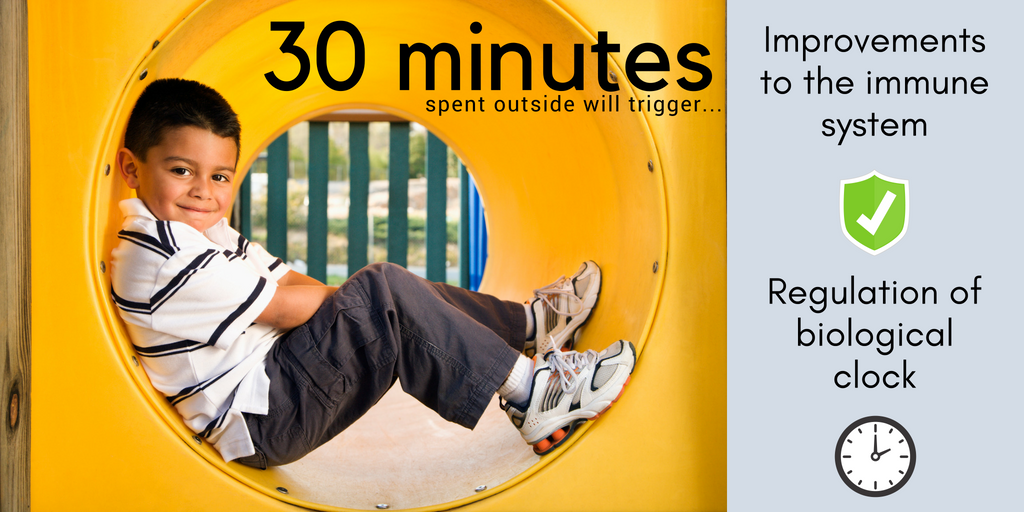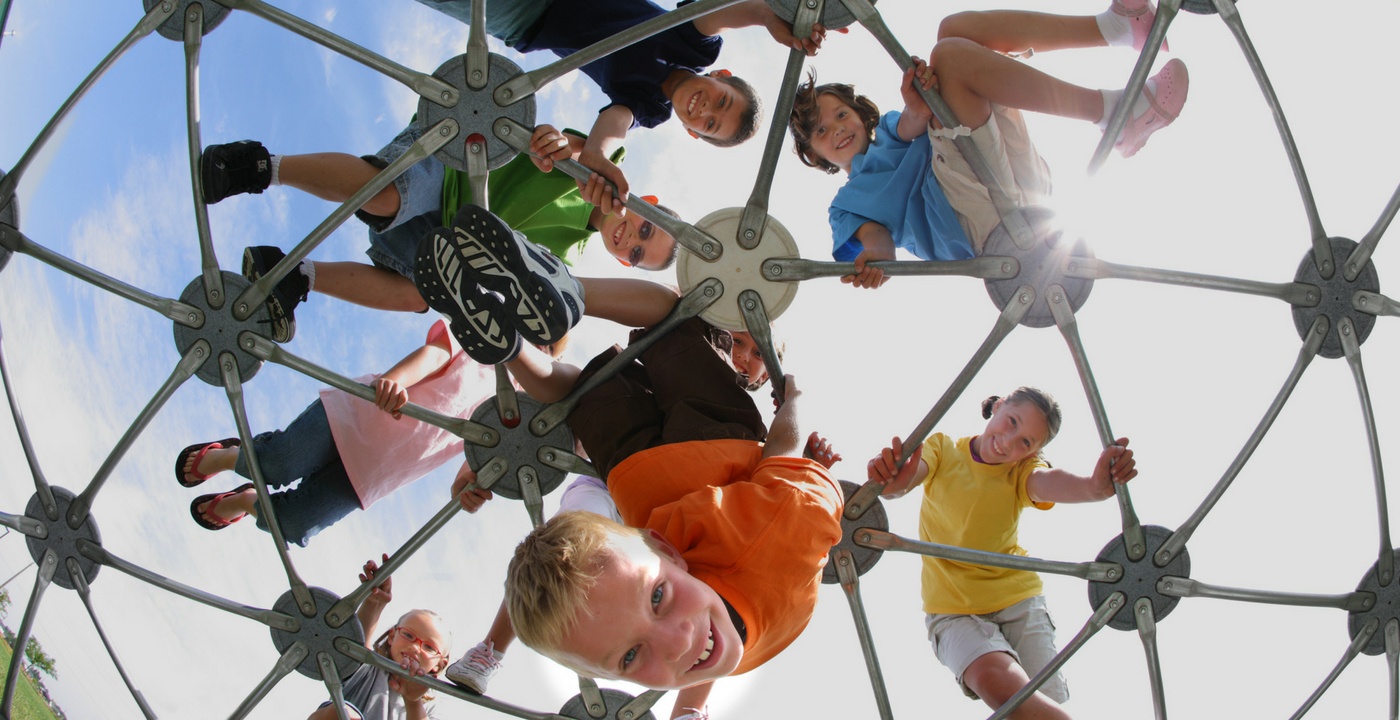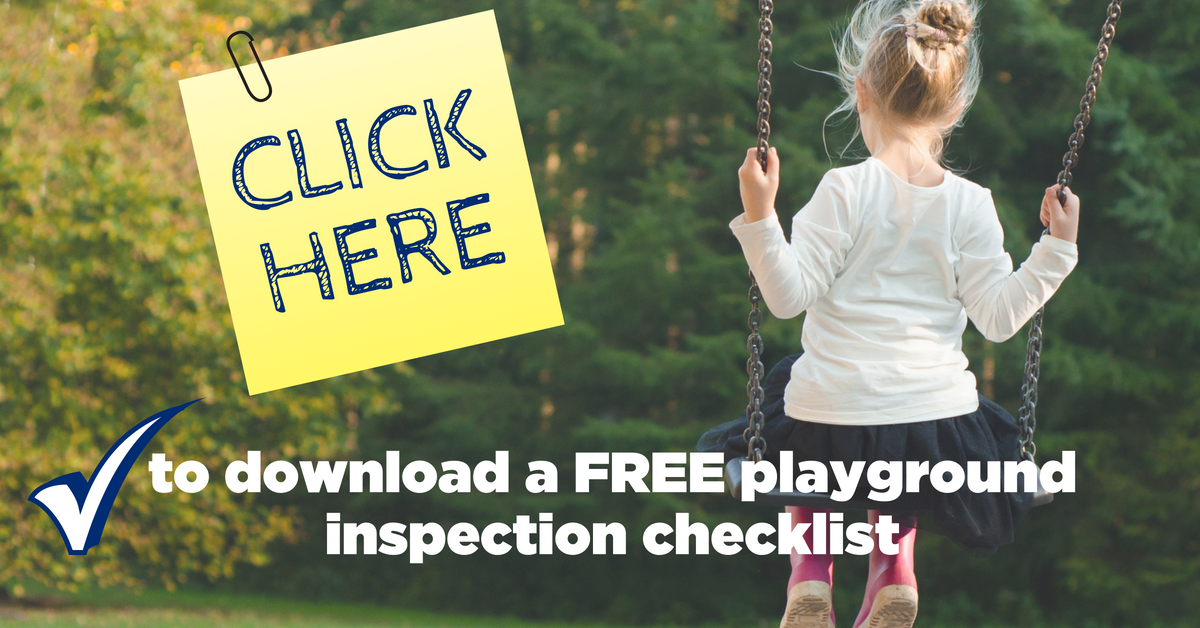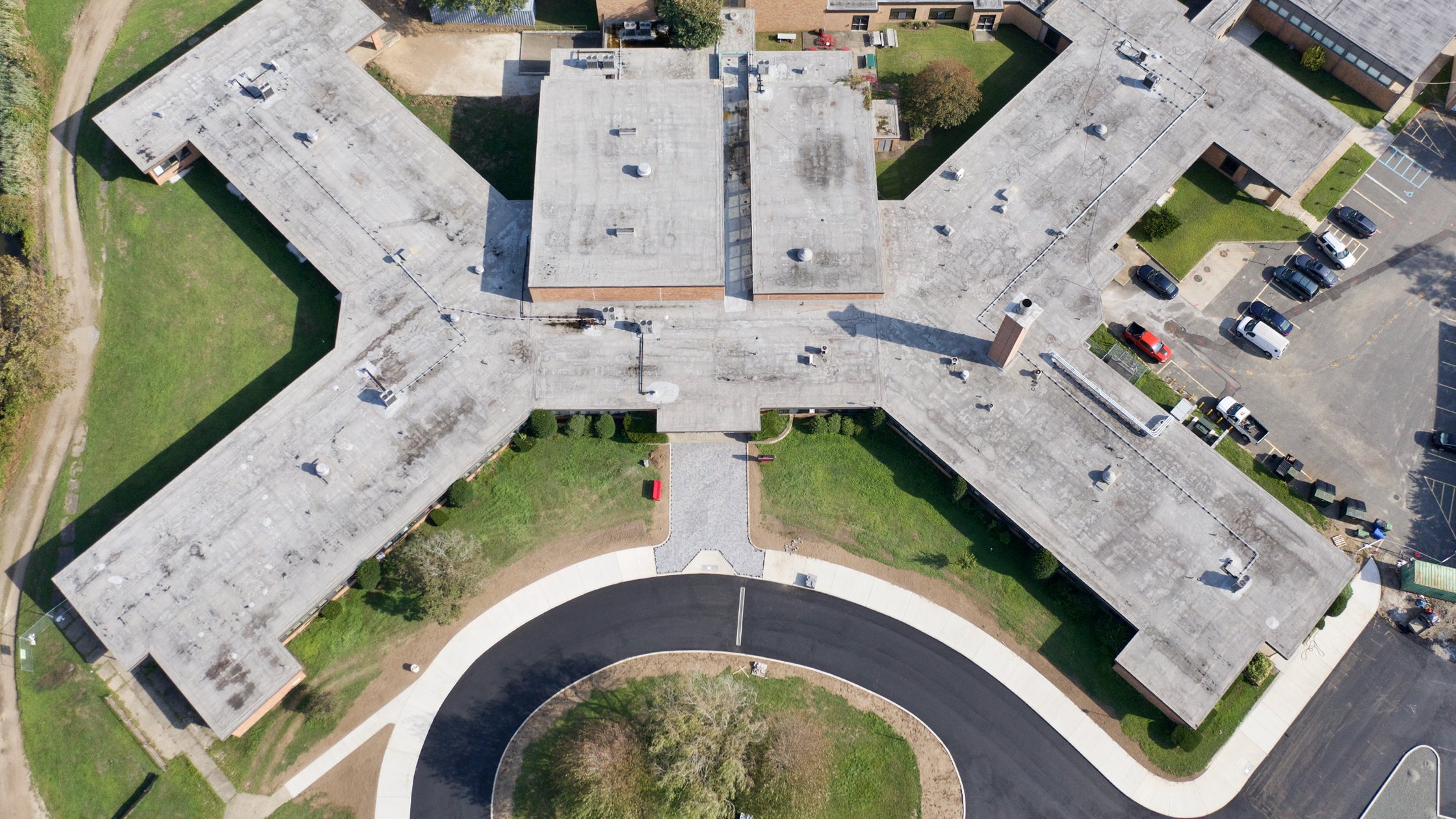Best practices for protecting playgrounds
Albert Einstein once said, “Play is the highest form of research.” Having a place to play offers kids an enormous amount of developmental benefits. They’re able to take risks, explore, communicate and negotiate between others of different ages, races and genders and learn to understand the consequences of their choices. Playgrounds provide the perfect location for kids to test important developmental skills and simultaneously offer a sense of security and freedom.
Playgrounds are also incredibly beneficial to a child’s health, for more reasons than just increased physical activity. Exposure to sunlight regulates a child’s biological clock and improves their immune system. Just 30 minutes spent outside will trigger these reactions. Additional research shows that the decline of playgrounds is directly linked to an increase in behavioral problems and ADHD.

Safe play
It’s important to have playgrounds for kids in your school and community, but it’s equally important to make sure they are safe. According to Safe Kids Worldwide, playgrounds are the leading cause of injury to children ages 5 to 14 in schools. Lack of supervision is associated with 40 percent of these incidents, and it’s estimated that only 25 percent of public playgrounds have proper impact-absorbing surfaces.
The importance of supervision
To ensure that your playground provides a safe environment for children to play and learn, adequate supervision must be in place. Consider the following aspects to create a steadfast supervision plan:
- Do supervisors have a way to communicate emergency conditions?
- Is a procedure in place for the care of injured children?
- Are supervisors properly dressed for the job?
- Do supervisors enforce the rules fairly and consistently?
- Are any areas out of a supervisor’s sight, but still his or her responsibility?
Rules for a reason
Children must have specific rules to follow to stay safe. It’s crucial that the rule list stays minimal so that young minds (as well as trained supervisors) can remember and follow them. Visit our Playground Safety Rules list to see an example. Provide specific rules for different pieces of equipment and try to incorporate them into the playground in ways that are easy for children to notice and read. Following and enforcing the playground rules is a key to ensuring safety, as well as providing structure and security within a child’s learning environment. Make sure to give the development of your list of rules the careful consideration and effort it deserves.
More to the surface than meets the eye
Surface material is, literally, one of the largest underlying components of maintaining a safe playground. Keep these best practices in mind when constructing or renovating your playground:
- In general, hard materials and soil are not recommended.
- Compact materials should only be in place under equipment shorter than five feet, but can be attractive targets for vandalism.
- Organic loose materials provide excellent protection, but need to be properly maintained (at a depth of around six inches) and are highly affected by weather.
Inspect and protect
Proper and regular inspection of the areas and equipment that your community’s children play on is a key part of ensuring their safety. Understanding the far-reaching value that playgrounds bring to a child’s development is only half of the equation—using structured rules, supervision standards, safe surface materials and appropriate inspections will help you make sure that these environments remain trusted places for children to learn and grow.

Brittany Wolf, Marketing
Brittany attends Penn State Harrisburg in pursuit of her Communications degree. When she isn’t studying, traveling or playing volleyball, she is spending time outside with her two dogs or planning her wedding.
DISCLAIMER
The information contained in this blog post is intended for educational purposes only and is not intended to replace expert advice in connection with the topics presented. Glatfelter specifically disclaims any liability for any act or omission by any person or entity in connection with the preparation, use or implementation of plans, principles, concepts or information contained in this publication.
Glatfelter does not make any representation or warranty, expressed or implied, with respect to the results obtained by the use, adherence or implementation of the material contained in this publication. The implementation of the plans, principles, concepts or materials contained in this publication is not a guarantee that you will achieve a certain desired result. It is strongly recommended that you consult with a professional advisor, architect or other expert prior to the implementation of plans, principles, concepts or materials contained in this publication.
This blog post may contain the content of third parties and links to third party websites. Third party content and websites are owned and operated by an independent party over which Glatfelter has no control. Glatfelter makes no representation, warranty, or guarantee as to the accuracy, completeness, timeliness or reliability of any third party content. References to third party services, processes, products, or other information does not constitute or imply any endorsement, sponsorship or recommendation by Glatfelter, unless expressly stated otherwise.
Related posts
Help ensure your school's roof is protected against seasonal risks by prioritizing inspections and preventative maintenance.
How you can help protect your most important asset: your people, and how to help them set up their insurance benefits so that they reflect their wishes.
Consider these best practices to avoid significant property damage, costly repairs and potential interruptions to your school day due to pipe freezing.








Submit a Comment